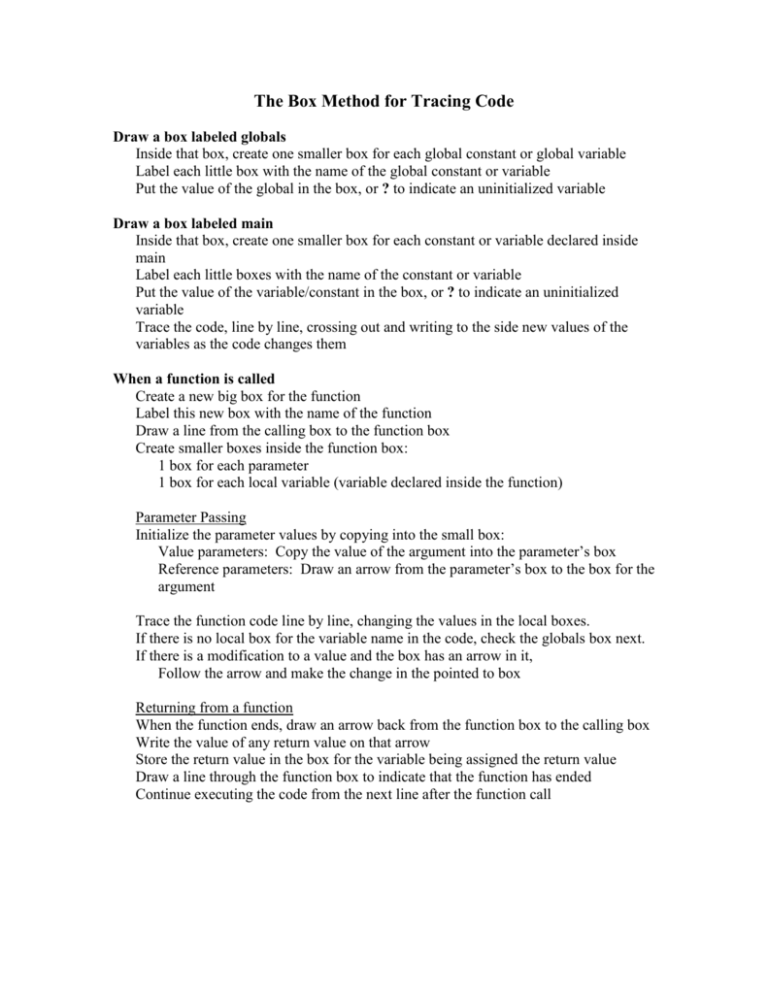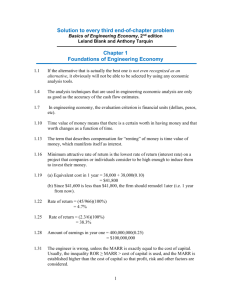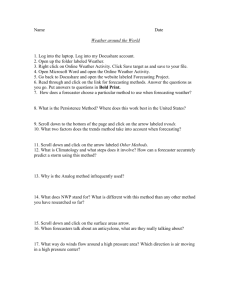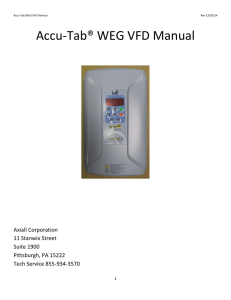The Box Method for Tracing Code
advertisement

The Box Method for Tracing Code Draw a box labeled globals Inside that box, create one smaller box for each global constant or global variable Label each little box with the name of the global constant or variable Put the value of the global in the box, or ? to indicate an uninitialized variable Draw a box labeled main Inside that box, create one smaller box for each constant or variable declared inside main Label each little boxes with the name of the constant or variable Put the value of the variable/constant in the box, or ? to indicate an uninitialized variable Trace the code, line by line, crossing out and writing to the side new values of the variables as the code changes them When a function is called Create a new big box for the function Label this new box with the name of the function Draw a line from the calling box to the function box Create smaller boxes inside the function box: 1 box for each parameter 1 box for each local variable (variable declared inside the function) Parameter Passing Initialize the parameter values by copying into the small box: Value parameters: Copy the value of the argument into the parameter’s box Reference parameters: Draw an arrow from the parameter’s box to the box for the argument Trace the function code line by line, changing the values in the local boxes. If there is no local box for the variable name in the code, check the globals box next. If there is a modification to a value and the box has an arrow in it, Follow the arrow and make the change in the pointed to box Returning from a function When the function ends, draw an arrow back from the function box to the calling box Write the value of any return value on that arrow Store the return value in the box for the variable being assigned the return value Draw a line through the function box to indicate that the function has ended Continue executing the code from the next line after the function call











